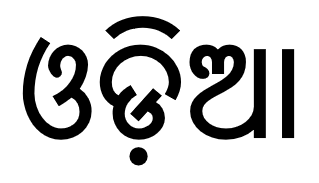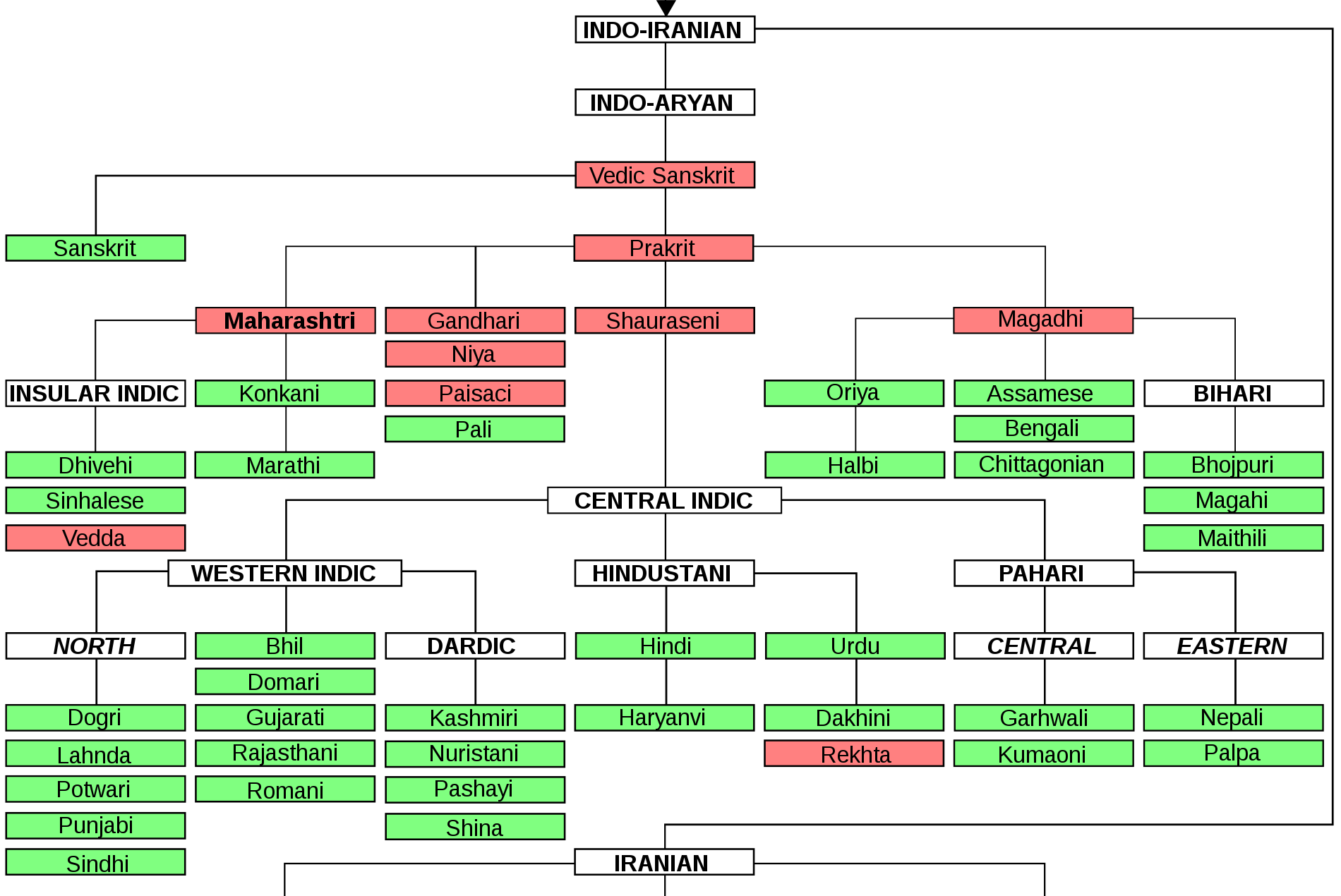|
Singhbhumi Odia
Singhbhumi Odia is the northernmost dialect of the Odia language spoken in the Kolhan region of Jharkhand constituting Seraikela Kharsawan district, Seraikella-Kharsawan, West Singhbhum district, West Singhbhum and East Singhbhum district. References Eastern Indo-Aryan languages Odia language {{IndoAryan-lang-stub ... [...More Info...] [...Related Items...] OR: [Wikipedia] [Google] [Baidu] |
Odia Language
Odia (, ISO: , ; formerly rendered Oriya ) is an Indo-Aryan language spoken in the Indian state of Odisha. It is the official language in Odisha (formerly rendered Orissa), where native speakers make up 82% of the population, and it is also spoken in parts of West Bengal, Jharkhand, Andhra Pradesh and Chhattisgarh. Odia is one of the many official languages of India; it is the official language of Odisha and the second official language of Jharkhand. The language is also spoken by a sizeable population of 700,000 people in Chhattisgarh. Odia is the sixth Indian language to be designated a classical language, on the basis of having a long literary history and not having borrowed extensively from other languages. The earliest known inscription in Odia dates back to the 10th century CE. History Odia is an Eastern Indo-Aryan language belonging to the Indo-Aryan language family. It descends from Odra Prakrit, which evolved from Magadhi Prakrit, which was spoken in east I ... [...More Info...] [...Related Items...] OR: [Wikipedia] [Google] [Baidu] |
West Singhbhum District
West Singhbhum or Pashchimi Singhbhum is one of the 24 districts of Jharkhand state, India. It came into existence on 16 January 1990, when the old Singhbhum district (then in Bihar) was bifurcated. Chaibasa is the district headquarters. The district is bounded on north by Khunti district, on the east by Saraikela Kharsawan district of Jharkhand, on the southeast by Mayurbhanj district of Odisha, on the south by Kendujhar district of Odisha, and on the west by Simdega district of Jharkhand and Sundergarh district of Odisha. History Several Iron slags, microlith, Potsherds have been discovered from Singhbhum district which are from 1400 BCE according to Carbon dating age. West Singhbhum is one of the oldest districts of Jharkhand. After the British conquest of Kolhan in 1837, a new district was consequently constituted to be known as Singhbhum with Chaibasa as its headquarters. Subsequently, three districts, namely East Singhbhum, West Singhbhum and Seraikela Kharsawan have ... [...More Info...] [...Related Items...] OR: [Wikipedia] [Google] [Baidu] |
East Singhbhum District
East Singhbhum is one of the 24 districts of Jharkhand, India. It was created on 16 January 1990. More than 50% of the district is covered by dense forests and mountains, where wild animals once roamed freely. It is known for being a centre of industry since Jamshedpur, the most populous city in Jharkhand, is located here. Geography The district is bounded on the east by Jhargram district, on the north by Purulia district, both of West Bengal, on the west by Seraikela Kharsawan district, and on the south by Mayurbhanj district of Odisha. Total area of the district is 3,562 kilometers. The district is a mineral rich and industrialized region. Dalma Wildlife Sanctuary is a popular biosphere reserve known lively for its animals. Dalma Hills is stretching over Jharkhand and West Bengal. It is on the northern region of Jamshedpur. A lot of minerals are found here. Politics Administration There are six Vidhan Sabha constituencies in this district: Baharagora, Ghatsila, Potk ... [...More Info...] [...Related Items...] OR: [Wikipedia] [Google] [Baidu] |
Jharkhand
Jharkhand (; ; ) is a state in eastern India. The state shares its border with the states of West Bengal to the east, Chhattisgarh to the west, Uttar Pradesh to the northwest, Bihar to the north and Odisha to the south. It has an area of . It is the 15th largest state by area, and the 14th largest by population. Hindi is the official language of the state. The city of Ranchi is its capital and Dumka its sub-capital. The state is known for its waterfalls, hills and holy places; Baidyanath Dham, Parasnath, Dewri and Rajrappa are major religious sites. The state was formed on 15 November 2000, after carving out what was previously the southern half of Bihar. Jharkhand suffers from what is sometimes termed a resource curse: it accounts for more than 40% of the mineral resources of India, but 39.1% of its population is below the poverty line and 19.6% of children under five years of age are malnourished. Jharkhand is primarily rural, with about 24% of its population livi ... [...More Info...] [...Related Items...] OR: [Wikipedia] [Google] [Baidu] |
Kolhan Division
Kolhan division is one of the five divisions in the Indian state of Jharkhand. The division comprises three districts: East Singhbhum, Seraikela Kharsawan district, and West Singhbhum. The three districts were earlier a part of South Chotanagpur division. The headquarters of the division is Chaibasa Chaibasa is a town and a municipality in West Singhbhum district in the state of Jharkhand, India. Chaibasa is the district headquarters of West Singhbhum district. It is also the headquarter of Singhbhum Kolhan division headed by the Divisiona .... It has a population of 4,861,313. Languages References Divisions of Jharkhand {{Jharkhand-geo-stub ... [...More Info...] [...Related Items...] OR: [Wikipedia] [Google] [Baidu] |
Odia People
The Odia (), formerly spelled Oriya, is an Indo-Aryan ethnic group native to the Indian state of Odisha who speak Odia language. They constitute a majority in the eastern coastal state, with significant minority populations in neighboring Andhra Pradesh, Chhattisgarh, Jharkhand and West Bengal. Etymology The earliest Odias were called Odra or Kalinga, which later on became Utkal. The word Odia has mentions in epics like the ''Mahabharata''. The Odras are mentioned as one of the peoples that fought in the ''Mahabharata''. Pali literature calls them Oddakas. Ptolemy and Pliny the Elder also refer to the Oretas who inhabit India's eastern coast. The modern term Odia dates from the 15th century when it was used by the medieval Muslim chroniclers and adopted by the Gajapati kings of Odisha. History Ancient period The Odias are distinguished by their ethnocultural customs as well as the use of the Odia language. Odisha's relative isolation and the lack of any discernibl ... [...More Info...] [...Related Items...] OR: [Wikipedia] [Google] [Baidu] |
Indo-Aryan Languages
The Indo-Aryan languages (or sometimes Indic languages) are a branch of the Indo-Iranian languages in the Indo-European language family. As of the early 21st century, they have more than 800 million speakers, primarily concentrated in India, Pakistan, Bangladesh, Nepal, Sri Lanka, and Maldives. Moreover, apart from the Indian subcontinent, large immigrant and expatriate Indo-Aryan–speaking communities live in Northwestern Europe, Western Asia, North America, the Caribbean, Southeast Africa, Polynesia and Australia, along with several million speakers of Romani languages primarily concentrated in Southeastern Europe. There are over 200 known Indo-Aryan languages. Modern Indo-Aryan languages descend from Old Indo-Aryan languages such as early Vedic Sanskrit, through Middle Indo-Aryan languages (or Prakrits). The largest such languages in terms of first-speakers are Hindi–Urdu (),Standard Hindi first language: 260.3 million (2001), as second language: 120 million (199 ... [...More Info...] [...Related Items...] OR: [Wikipedia] [Google] [Baidu] |
Indo-Iranian Languages
The Indo-Iranian languages (also Indo-Iranic languages or Aryan languages) constitute the largest and southeasternmost extant branch of the Indo-European language family (with over 400 languages), predominantly spoken in the geographical subregion of Southern Asia. They have more than 1.5 billion speakers, stretching from Europe (Romani), Mesopotamia (Kurdish languages, Zaza–Gorani and Kurmanji Dialect continuum) and the Caucasus ( Ossetian, Tat and Talysh) eastward to Xinjiang ( Sarikoli) and Assam (Assamese), and south to Sri Lanka ( Sinhala) and the Maldives ( Maldivian), with branches stretching as far out as Oceania and the Caribbean for Fiji Hindi and Caribbean Hindustani respectively. Furthermore, there are large diaspora communities of Indo-Iranian speakers in northwestern Europe (the United Kingdom), North America (United States, Canada), Australia, South Africa, and the Persian Gulf Region (United Arab Emirates, Saudi Arabia). The common ancestor of all of ... [...More Info...] [...Related Items...] OR: [Wikipedia] [Google] [Baidu] |
Eastern Indo-Aryan Languages
The Eastern Indo-Aryan languages, also known as Māgadhan languages, are spoken throughout the eastern Indian subcontinent ( East India and Assam, Bangladesh), including Bihar, Uttar Pradesh, Jharkhand, Bengal, Tripura, Assam, and Odisha; alongside other regions surrounding the northeastern Himalayan corridor. Bengali is official language of Bangladesh and the state of West Bengal and Tripura, while Assamese and Odia are the official languages of Assam and Odisha, respectively. The Eastern Indo-Aryan languages descend from Magadhan Apabhraṃśa and ultimately from Magadhi Prakrit.South Asian folklore: an encyclopedia : Afghanistan, Bangladesh, India, By Peter J. Claus, Sarah Diamond, Margaret Ann Mills, Routledge, 2003, p. 203Ray, Tapas S. (2007)"Chapter Eleven: "Oriya" In Jain, Danesh; Cardona, George. ''The Indo-Aryan Languages''. Routledge. p. 445. . Classification The exact scope of the Eastern branch of the Indo-Aryan languages is controversial. All scholars agree abo ... [...More Info...] [...Related Items...] OR: [Wikipedia] [Google] [Baidu] |
Odia Languages
Odia (, ISO: , ; formerly rendered Oriya ) is an Indo-Aryan language spoken in the Indian state of Odisha. It is the official language in Odisha (formerly rendered Orissa), where native speakers make up 82% of the population, and it is also spoken in parts of West Bengal, Jharkhand, Andhra Pradesh and Chhattisgarh. Odia is one of the many official languages of India; it is the official language of Odisha and the second official language of Jharkhand. The language is also spoken by a sizeable population of 700,000 people in Chhattisgarh. Odia is the sixth Indian language to be designated a classical language, on the basis of having a long literary history and not having borrowed extensively from other languages. The earliest known inscription in Odia dates back to the 10th century CE. History Odia is an Eastern Indo-Aryan language belonging to the Indo-Aryan language family. It descends from Odra Prakrit, which evolved from Magadhi Prakrit, which was spoken in east India ... [...More Info...] [...Related Items...] OR: [Wikipedia] [Google] [Baidu] |
Odia Script
The Odia script ( or, ଓଡ଼ିଆ ଅକ୍ଷର, Odiā akṣara, translit-std=ISO) is a Brahmic script used to write primarily Odia language and others including Sanskrit and other regional languages. The script has developed over more than 1000 years from a variant of Siddhaṃ script which was used in Eastern India, where the characteristic top line transformed into a distinct round umbrella shape due to the influence of palm leaf manuscripts and also being influenced by the neighbouring scripts from the Western and Southern regions. Odia is a syllabic alphabet or an abugida wherein all consonants have an inherent vowel embedded within. Diacritics (which can appear above, below, before, or after the consonant they belong to) are used to change the form of the inherent vowel. When vowels appear at the beginning of a syllable, they are written as independent letters. Also, when certain consonants occur together, special conjunct symbols combine the essential parts of ea ... [...More Info...] [...Related Items...] OR: [Wikipedia] [Google] [Baidu] |





